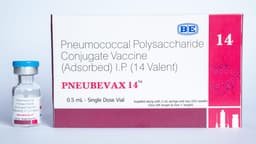Home / Health / Beyond Vaccines: mRNA's New Frontier in Cancer Fight
Beyond Vaccines: mRNA's New Frontier in Cancer Fight
20 Nov
Summary
- French scientists explore mRNA for deadly cancer treatments.
- New ultrasound-mRNA combo targets aggressive pancreatic cancer.
- Alternative yeast-based production could slash mRNA costs significantly.
In Orleans, France, scientists at the Inserm ART lab are investigating the therapeutic potential of messenger RNA (mRNA) beyond its well-known role in vaccines. Their research aims to unlock new treatments for deadly cancers by leveraging mRNA's ability to instruct the body's cells. This innovative approach holds promise for stimulating immune responses against tumors and addressing other medical challenges.
The lab is pioneering a unique strategy for pancreatic cancer, a disease with a historically poor prognosis. By combining mRNA vaccines with powerful ultrasound technology, researchers seek to break down the protective barriers around tumors, allowing the mRNA to more effectively train immune cells to attack the cancer. This novel method could offer a vital breakthrough where traditional therapies have faltered.
Furthermore, the ART lab is exploring more economical ways to produce mRNA, investigating yeast as an alternative to costly test-tube methods. This could dramatically reduce production expenses, potentially making advanced mRNA therapies more accessible globally. The research underscores France's significant contribution to cutting-edge mRNA science.




